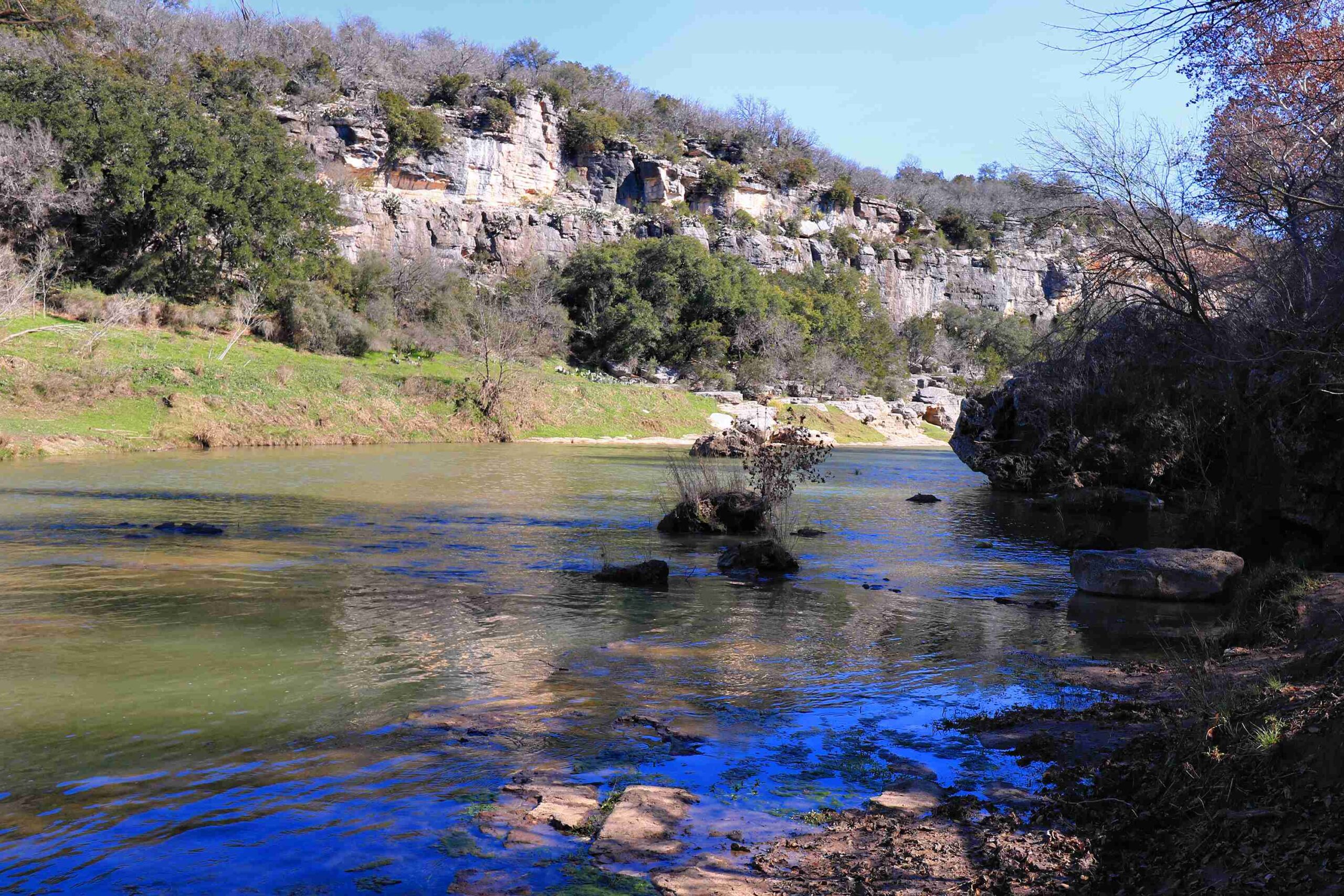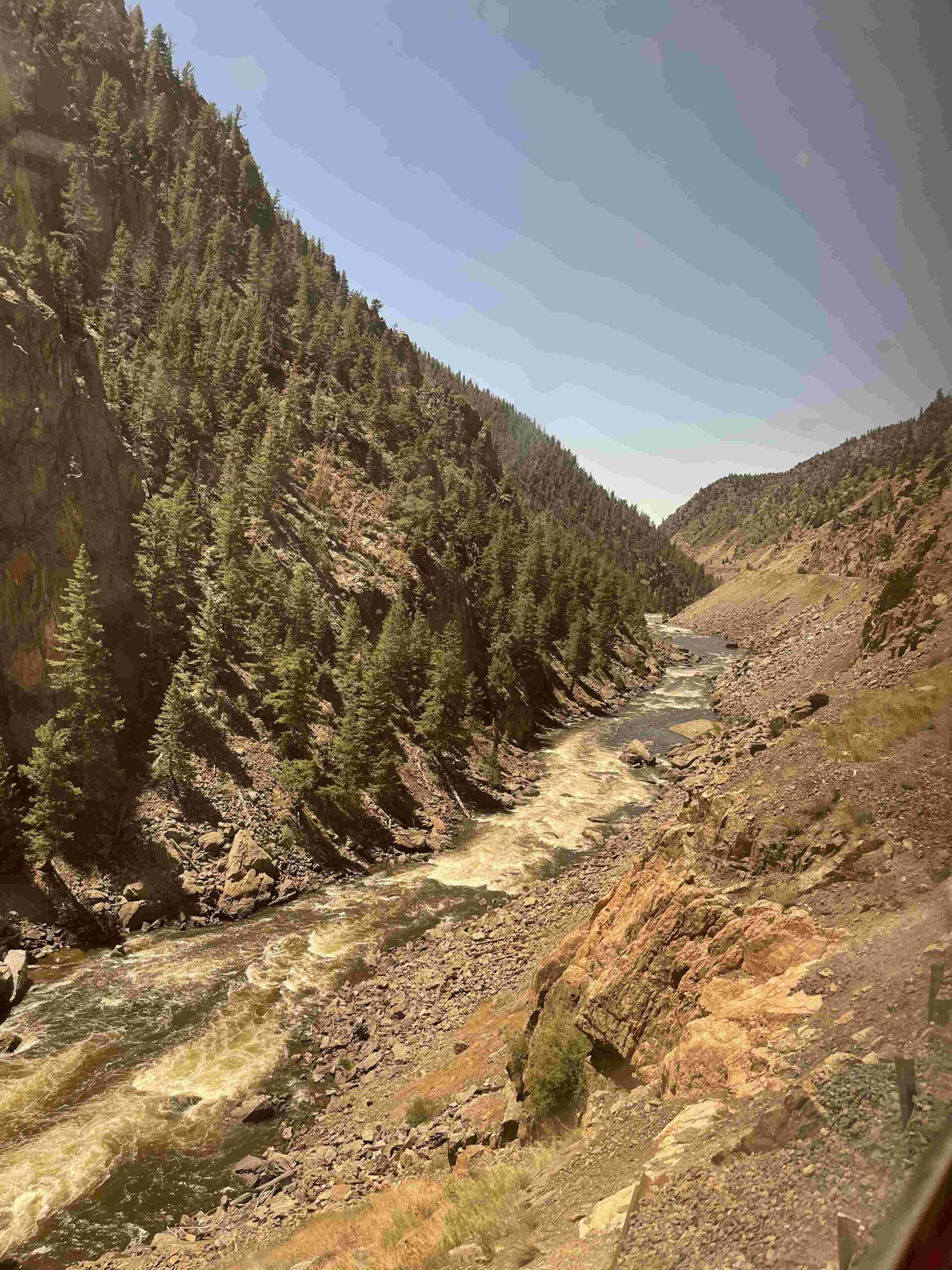The Page Colorado River Bend is a picturesque area along the Colorado River, known for its stunning landscapes, diverse wildlife, and recreational opportunities. This region offers a unique blend of natural beauty and outdoor activities, making it a popular destination for nature enthusiasts, hikers, and water sports lovers. From the towering cliffs to the meandering river, the Page Colorado River Bend showcases the raw beauty of the American Southwest.
What is the Geographical Significance of Page Colorado River Bend?

The Page Colorado River Bend is located in northern Arizona, near the town of Page. This area is part of the larger Colorado River system, which spans seven U.S. states and parts of Mexico. The bend is characterized by its dramatic horseshoe shape, carved over millions of years by the persistent flow of the Colorado River.
Key geographical features include:
- Horseshoe Bend: A iconic meander of the Colorado River
- Glen Canyon: A vast canyon system surrounding the river
- Lake Powell: A large reservoir upstream from the bend
- Vermilion Cliffs: Striking red-hued cliffs visible from the area
The unique geology of the region has created a landscape that is both beautiful and scientifically significant, offering insights into the Earth’s geological history.
What Activities Can Visitors Enjoy at Page Colorado River Bend?

The Page Colorado River Bend offers a wide array of activities for visitors:
- Hiking: Numerous trails offer stunning views of the river and surrounding landscape
- Photography: The bend provides incredible photo opportunities, especially at sunrise and sunset
- Rafting: Guided rafting trips are available on the Colorado River
- Kayaking: Explore the calm waters of Lake Powell or brave the river currents
- Fishing: Cast a line for various fish species in the river or lake
- Scenic flights: Get a bird’s-eye view of the bend and surrounding area
- Camping: Several campgrounds are available in the vicinity
Each activity allows visitors to experience the natural beauty of the Page Colorado River Bend in a unique way.
How Has the Colorado River Shaped the Landscape at Page?
The Colorado River has been the primary architect of the Page landscape for millions of years. Through the process of erosion, the river has carved deep canyons and created the iconic Horseshoe Bend. This geological process continues today, albeit at a slower rate due to human interventions like dams.
Key points about the river’s impact:
- Canyon formation: The river has cut through layers of sandstone to form deep canyons
- Meander creation: The horseshoe shape of the bend is a result of the river’s natural meandering process
- Sediment transport: The river carries and deposits sediment, shaping the riverbed and banks
- Ecosystem support: The river’s presence supports a diverse array of plant and animal life in an otherwise arid region
The interplay between the river and the landscape has created a unique and ever-changing environment that continues to fascinate visitors and scientists alike.
What Wildlife Can Be Observed Around Page Colorado River Bend?
The Page Colorado River Bend area is home to a diverse array of wildlife, adapted to the unique desert river ecosystem. Visitors may encounter:
| Category | Species |
|---|---|
| Mammals | Bighorn sheep, coyotes, bobcats, beavers |
| Birds | Bald eagles, peregrine falcons, great blue herons |
| Reptiles | Rattlesnakes, lizards, desert tortoises |
| Fish | Rainbow trout, catfish, striped bass |
Wildlife viewing opportunities are abundant, but visitors should remember to observe from a safe distance and not disturb the animals or their habitats.
How Has Human Activity Impacted the Page Colorado River Bend?
Human activity has significantly impacted the Page Colorado River Bend area, particularly through the construction of dams and the development of tourism infrastructure. Some key impacts include:
- Glen Canyon Dam: Built upstream, it has altered the river’s flow and sediment transport
- Lake Powell: The creation of this reservoir has changed the local ecosystem
- Tourism development: Increased visitation has led to the construction of viewing platforms, trails, and other facilities
- Water management: The river’s flow is now carefully controlled for power generation and water supply
While these changes have brought economic benefits and recreational opportunities, they have also posed challenges for the natural ecosystem and raised questions about long-term sustainability.
What Conservation Efforts are in Place at Page Colorado River Bend?
Several conservation efforts are underway to protect the Page Colorado River Bend and its surrounding ecosystem:
- Habitat restoration: Projects aim to restore native plant species and wildlife habitats
- Water flow management: Efforts to mimic natural flow patterns to support ecosystem health
- Visitor education: Programs to inform tourists about the area’s ecological importance and how to minimize their impact
- Scientific research: Ongoing studies to better understand the ecosystem and inform conservation strategies
- Invasive species control: Initiatives to manage non-native plants and animals that threaten the local ecosystem
These efforts involve collaboration between government agencies, environmental organizations, and local communities to ensure the long-term preservation of this unique natural wonder.
How Can Visitors Responsibly Enjoy Page Colorado River Bend?
To ensure the preservation of Page Colorado River Bend for future generations, visitors are encouraged to practice responsible tourism:
- Stay on designated trails to prevent erosion and protect vegetation
- Carry out all trash and dispose of waste properly
- Observe wildlife from a distance and do not feed animals
- Conserve water and energy during your visit
- Respect cultural sites and artifacts
- Follow all park rules and regulations
- Support local conservation efforts through donations or volunteer work
By following these guidelines, visitors can help maintain the natural beauty and ecological integrity of the Page Colorado River Bend area.
The Page Colorado River Bend stands as a testament to the power of nature and the importance of conservation. As we continue to enjoy and study this remarkable landscape, it’s crucial that we also work to protect it for future generations. Whether you’re a first-time visitor or a seasoned explorer, the Page Colorado River Bend offers a unique and unforgettable experience that showcases the raw beauty of the American Southwest.
References:
1. National Park Service – Glen Canyon National Recreation Area
2. U.S. Geological Survey – Colorado River Basin
3. Arizona State Parks – Colorado River

